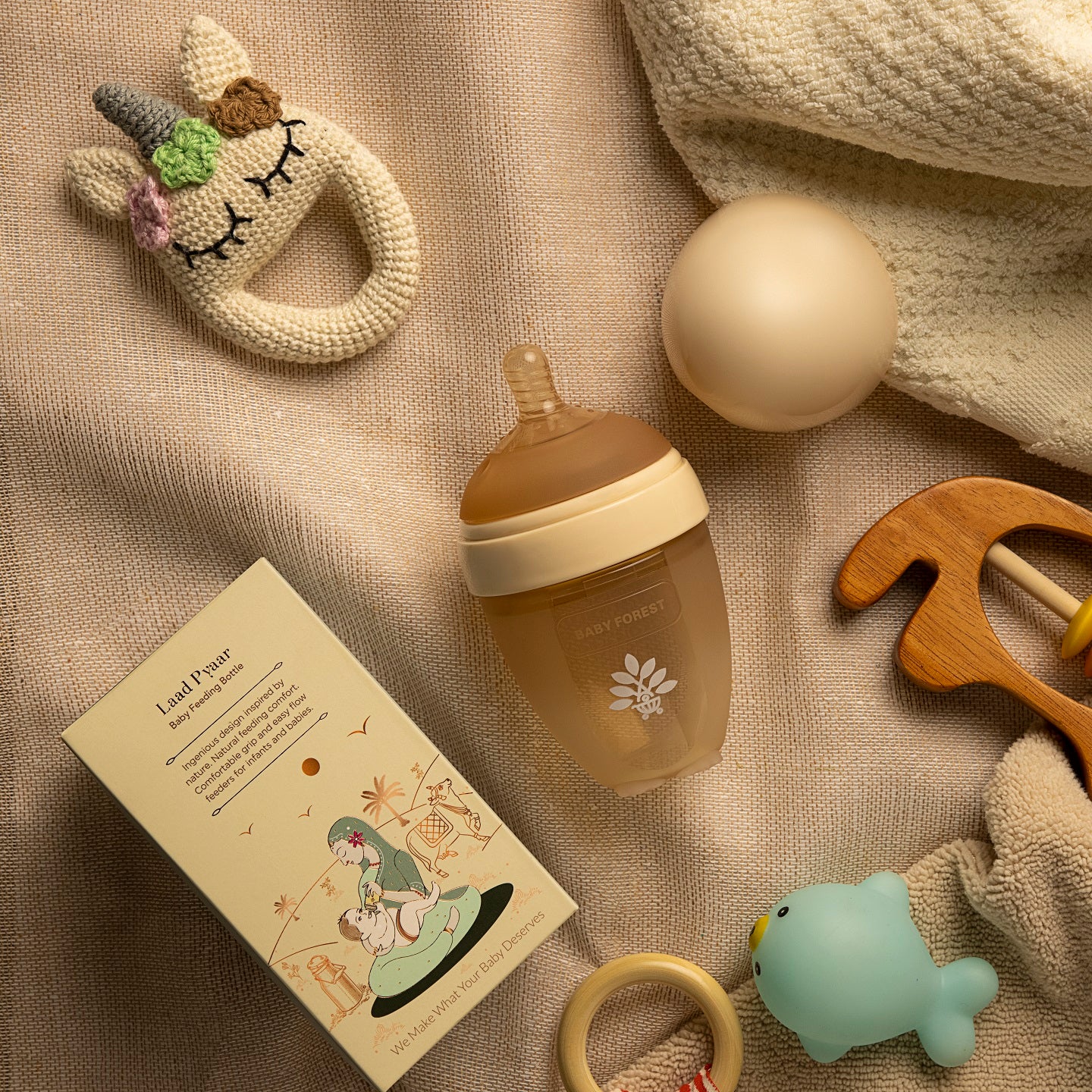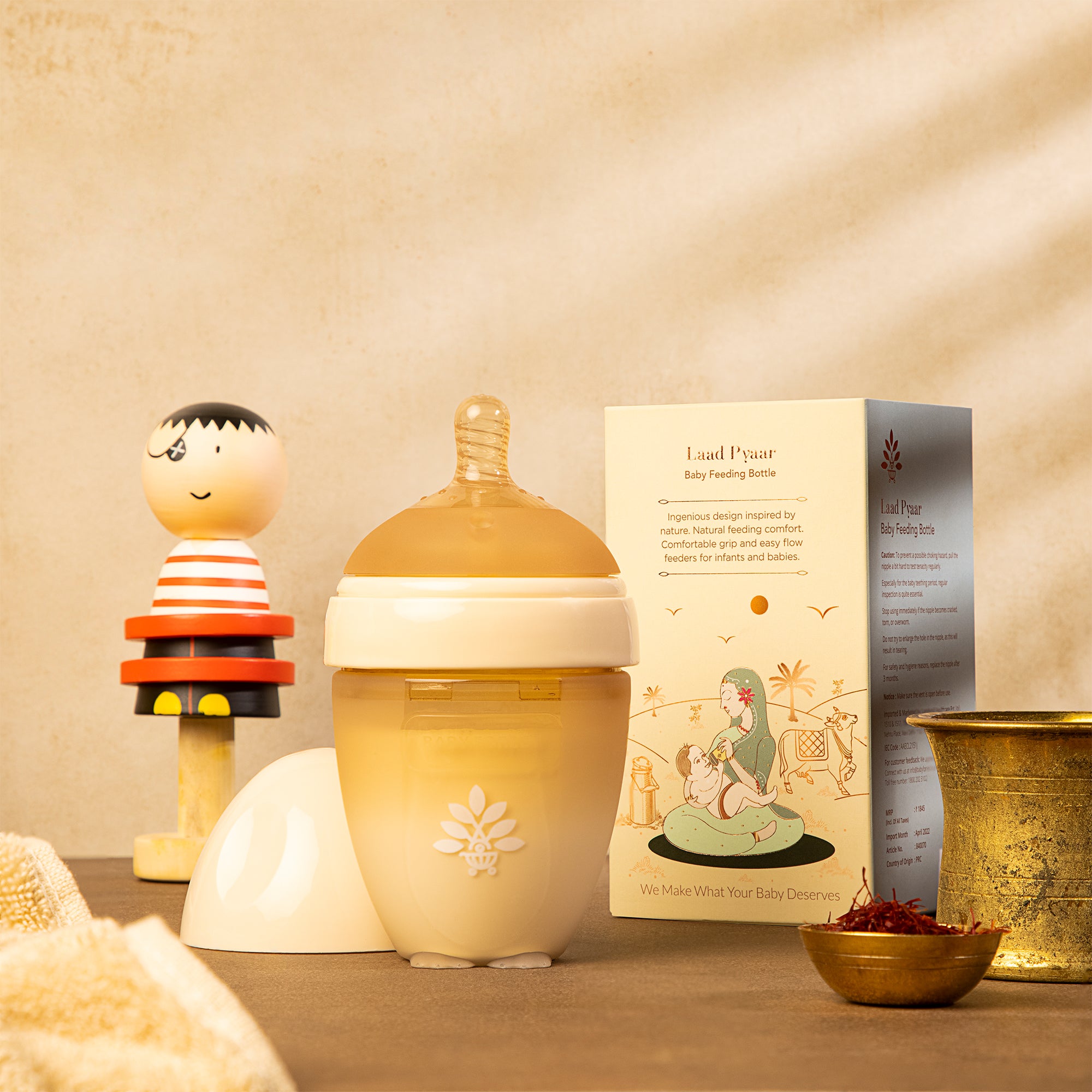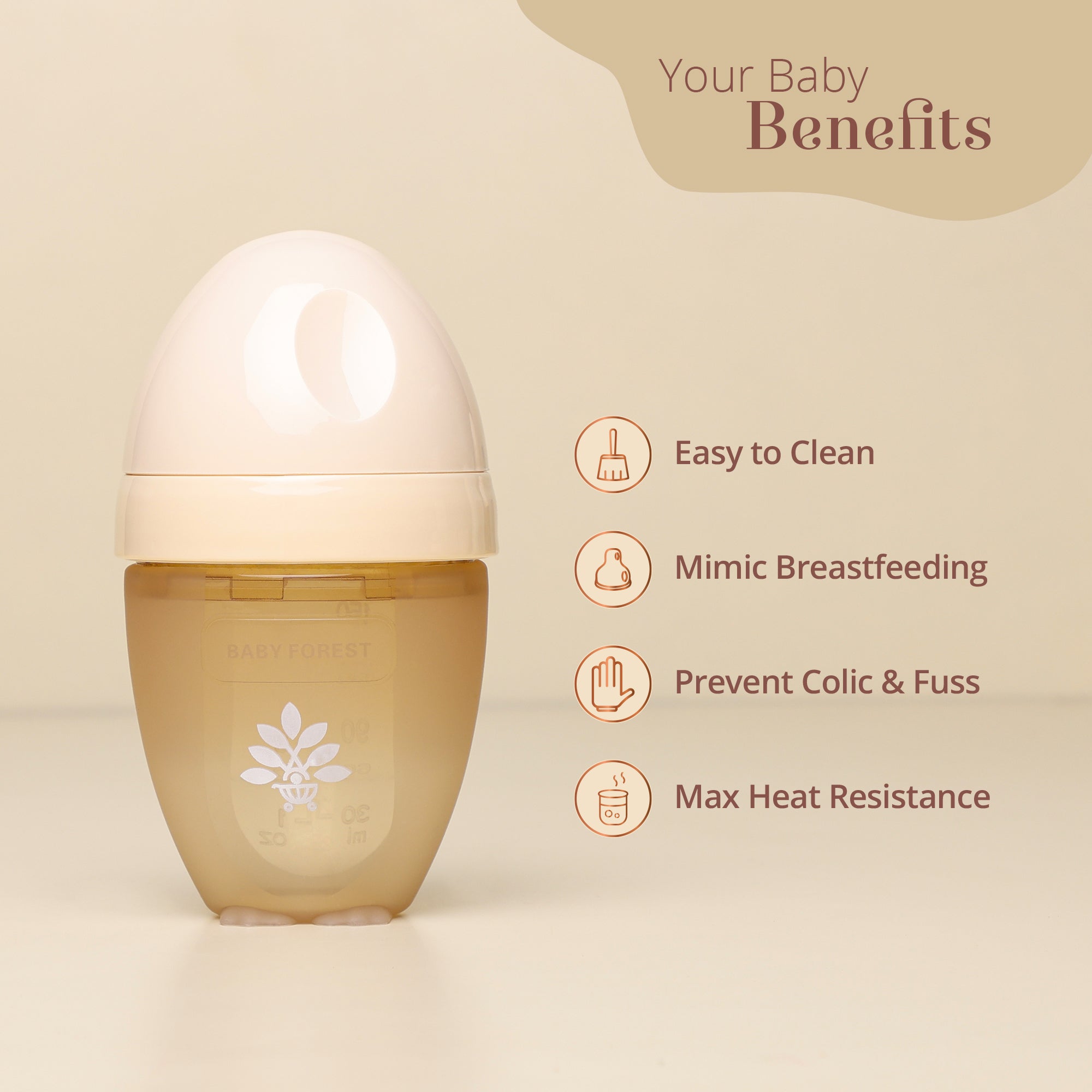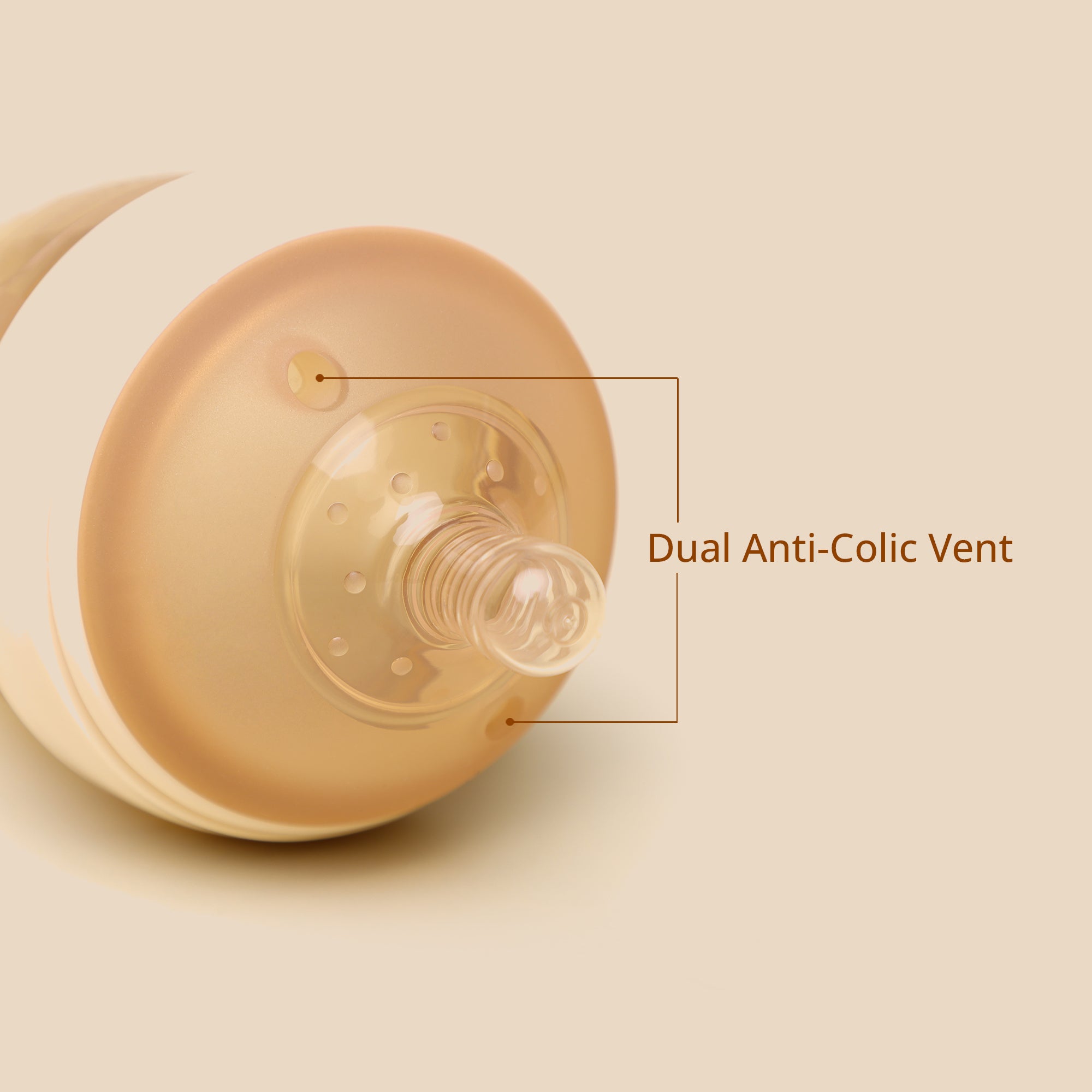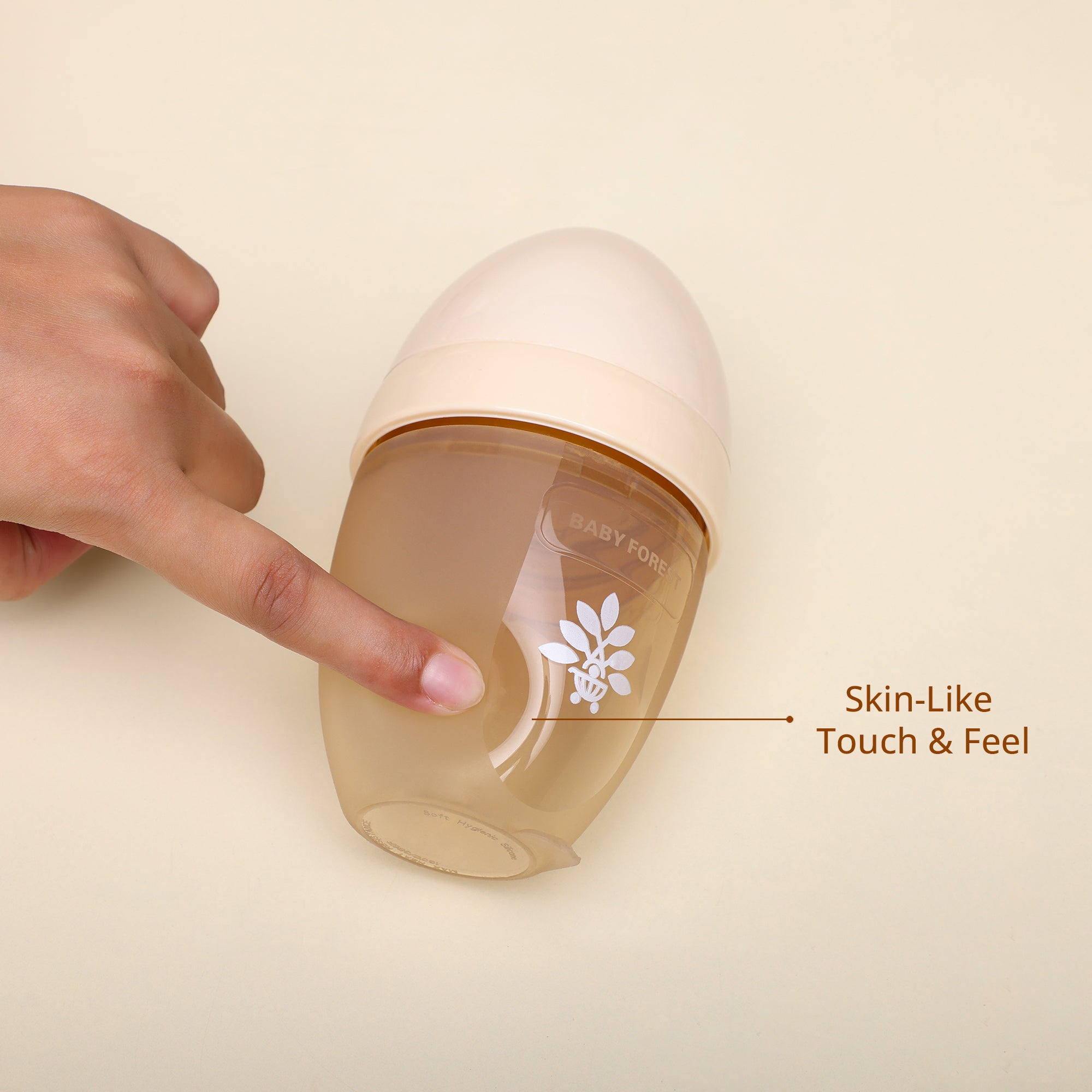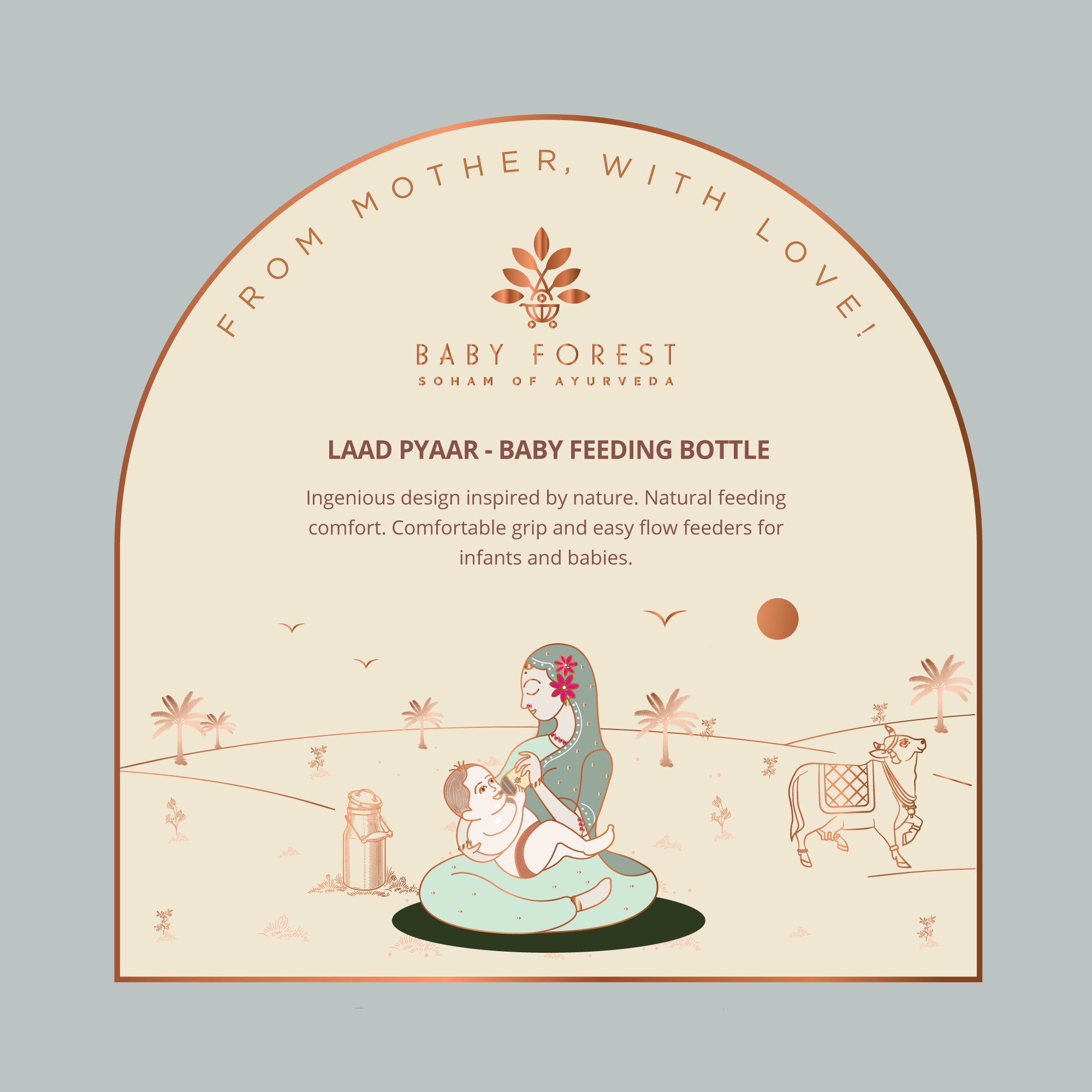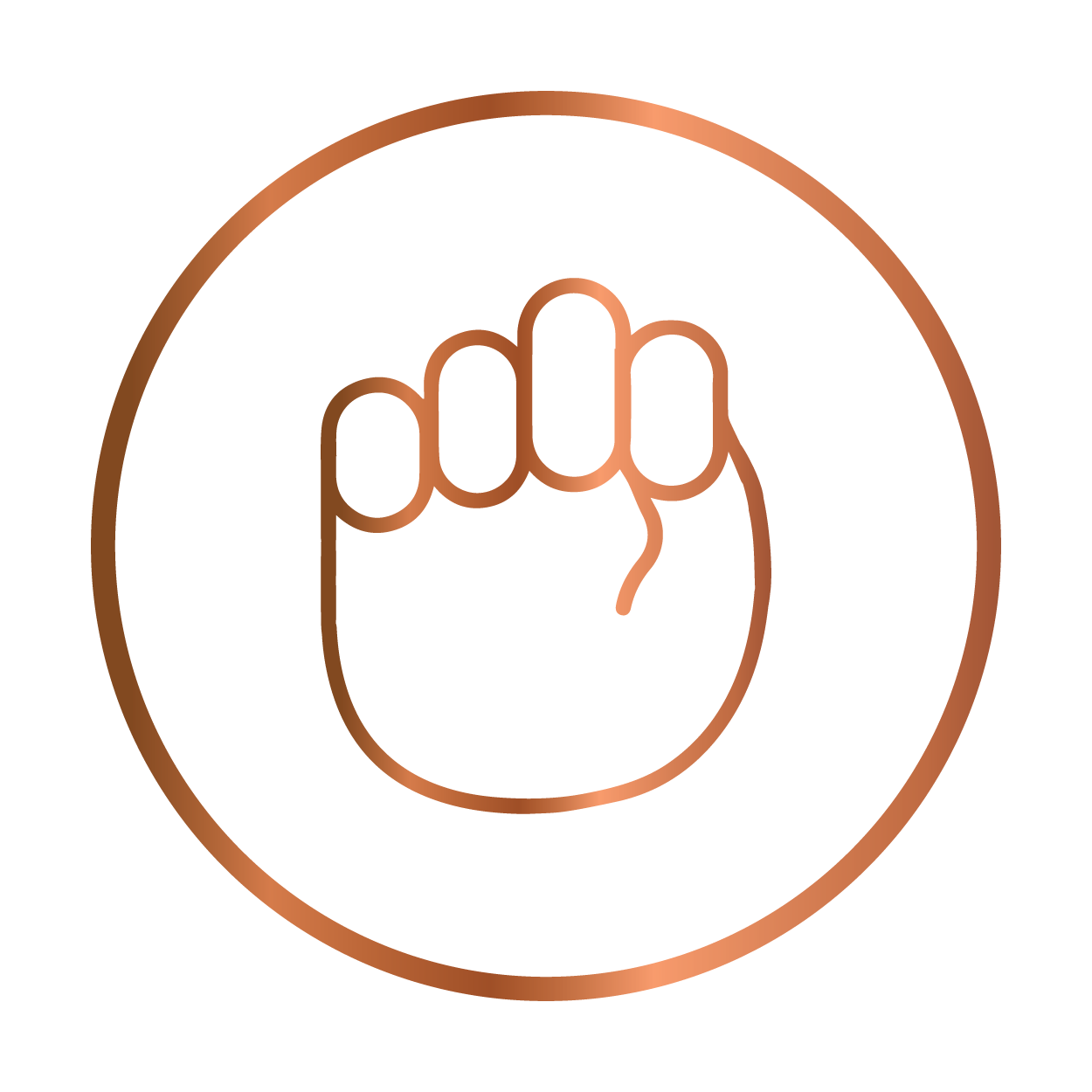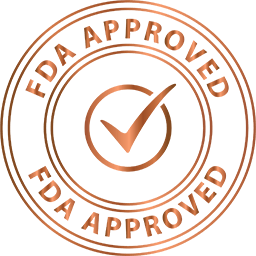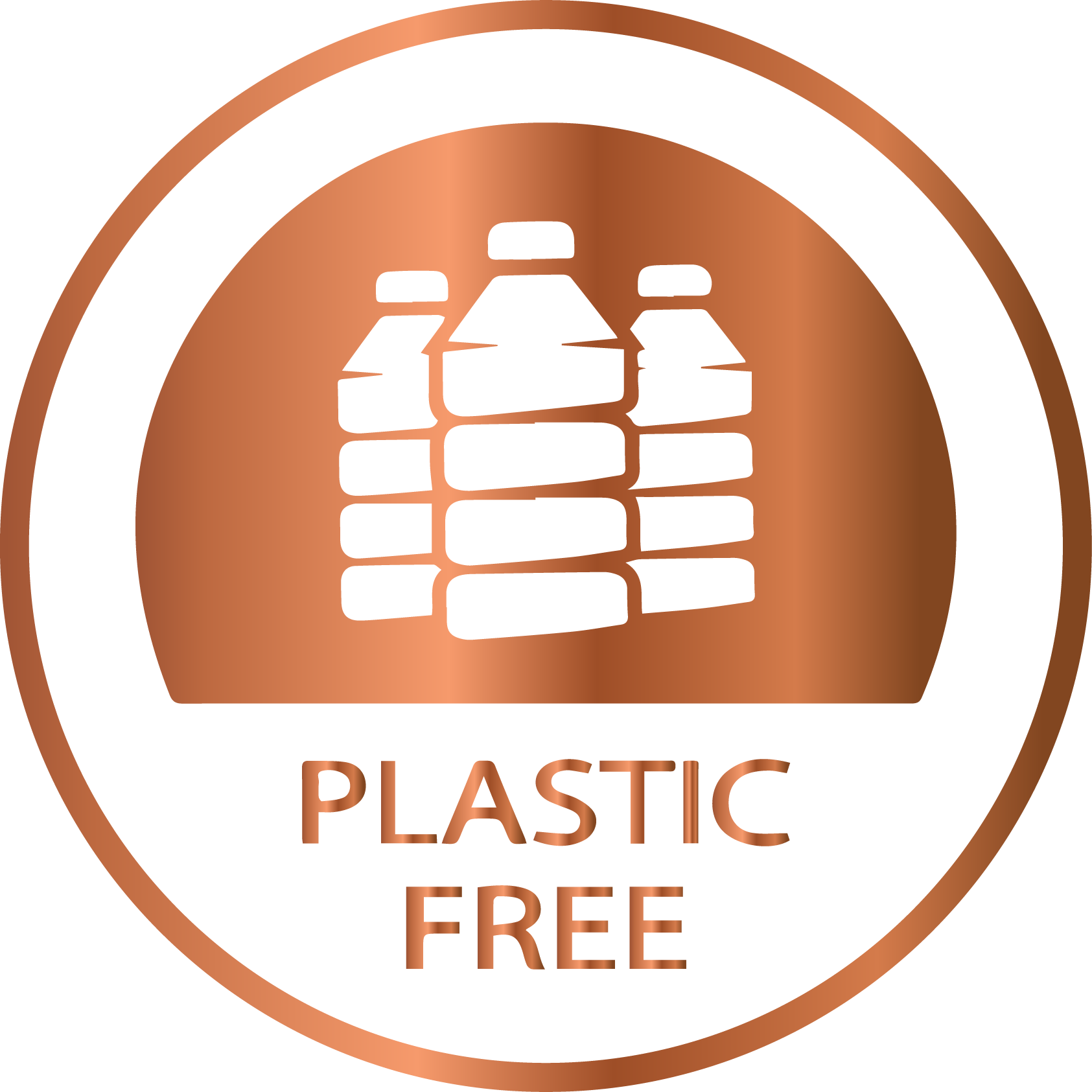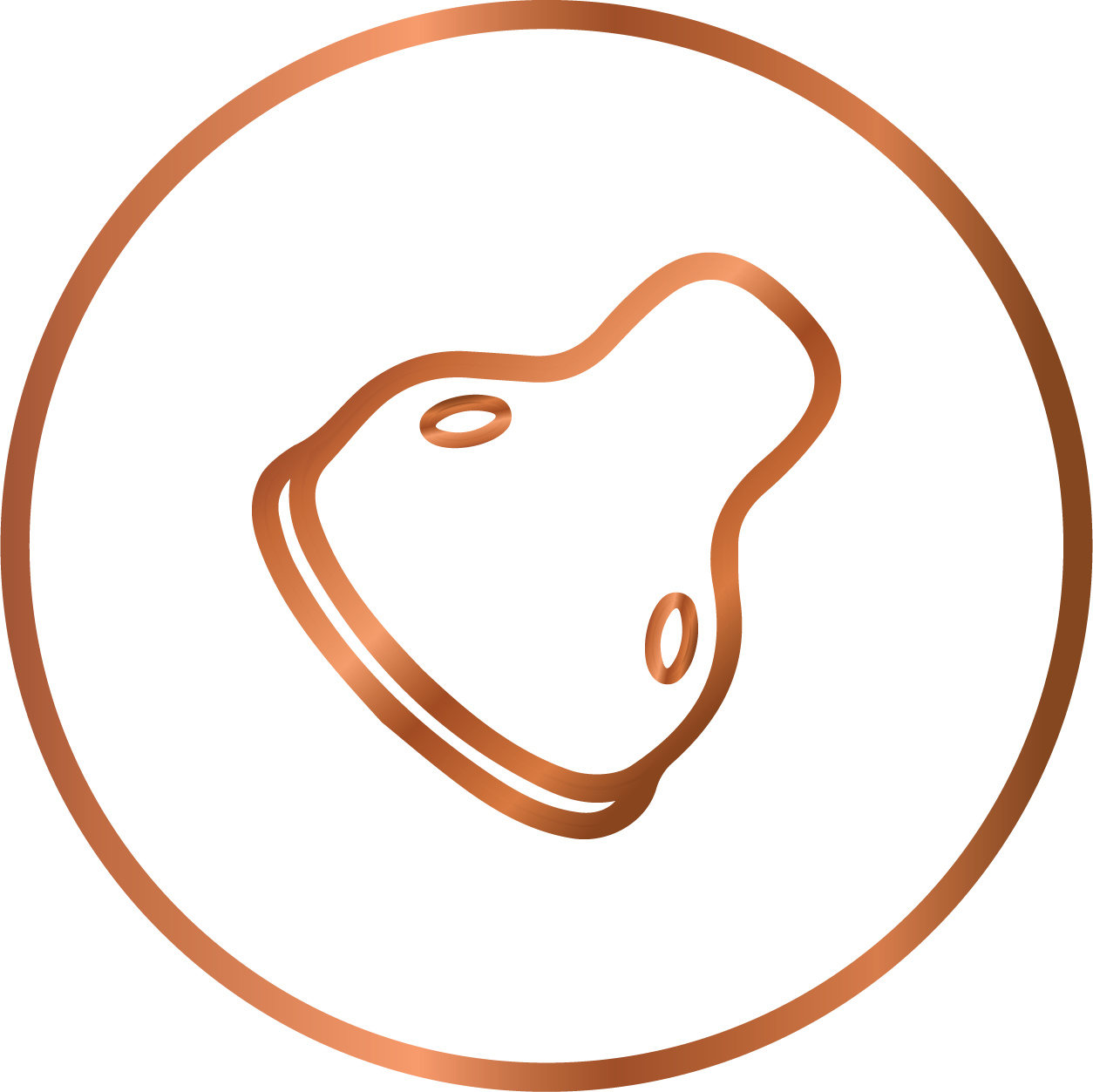Your Baby Benefits
Easy to Clean
Ultra wide neck design for easy cleaning by hand.
Mimic Breastfeeding
The soft, natural shape of the bottle allows for a comfortable and secure grip, mimicking the
natural movement of breastfeeding.
Prevent Colic & Fuss
Unique nipple design to reduce colic and gas volume while feeding.
Max Heat Resistance
Safe in Microwave, sterilizer, and dishwasher, boiling water upto 180o C.
FAQs
When to start bottle-feeding?
You can start bottle-feeding your baby from birth if necessary. If you are breastfeeding, introducing the baby bottle around six weeks is recommended. This helps to establish breastfeeding first and then transition to combination feeding if needed.
Can I breastfeed and bottle feed?
Yes, you can combine breastfeeding and bottle-feeding. This is known as mixed feeding. It allows flexibility and can help if you're returning to work or need to share feeding duties with others.
Which feeding bottles should newborns use?
It's best to use BPA-free bottles with slow-flow nipples for newborns. These bottles mimic the natural flow of breastfeeding and reduce the risk of colic. Our Laad Pyaar Baby Feeding Bottle is specifically designed to be easy to clean and sterilize, ensuring a safe and hygienic feeding experience for your baby. You can also choose our glass feeding bottle for babies between 0-3 months, which offers durability and ease of cleaning.
Which bottle is best for formula feeding?
Newborns typically need smaller bottles, around 150 ml in size. These smaller feeding bottles are perfect for their tiny tummies and frequent feedings. As your baby grows, you can transition to larger baby bottles. We offer baby feeding bottles in 4 different sizes and flow rates, including slow flow, so you can pick and choose according to your baby's needs. Our Laad Pyar Feeding Bottle range ensures you have the right bottle size and flow for every stage of your baby's development.
How many feeding bottles does a breastfeeding mom need?
A breastfeeding mom generally needs 3-4 baby milk bottles. This allows for enough bottles to store breast milk and have a few ready for feeding. Having a few extras can be helpful for days when you're away or need to pump frequently.
How do I choose a newborn feeding bottle?
When choosing a milk bottle for a newborn, look for BPA-free materials, anti-colic features, and made of high-quality and non-toxic food-grade material. Consider bottles that are easy to assemble, clean, and sterilize. It's also helpful to read reviews and get recommendations from other parents.
How many months can we use a feeding bottle?
Feeding bottles can typically be used for about six months, but it's important to regularly inspect them for wear and tear. Replace baby bottles if you notice any cracks, discoloration, or damage to ensure your baby's safety. If the bottle itself is still in good condition, you can simply get a replacement nipple and continue using the same bottle.
How to clean a baby's feeding bottle?
To clean a baby's feeding bottle, use a Baby Dish Cleanser that is safe and effective. Rinse the milk bottle with warm water immediately after use to remove any milk residue. Apply the Baby Dish Cleanser to a bottle brush and scrub the bottle, nipple, and all parts thoroughly. Rinse all parts with clean water and let them air dry on a clean towel or drying rack.
Do I need to sterilize baby bottles every time?
Yes, sterilizing baby bottles after every use is recommended, especially for newborns. Sterilizing helps to eliminate any harmful bacteria that may remain after cleaning. You can use a steam sterilizer, boiling water, or a microwave sterilizer. Our Laad Pyar Feeding Bottle offers maximum heat resistance, making it safe for use in the microwave, sterilizer, dishwasher, and boiling water up to 180°C.


